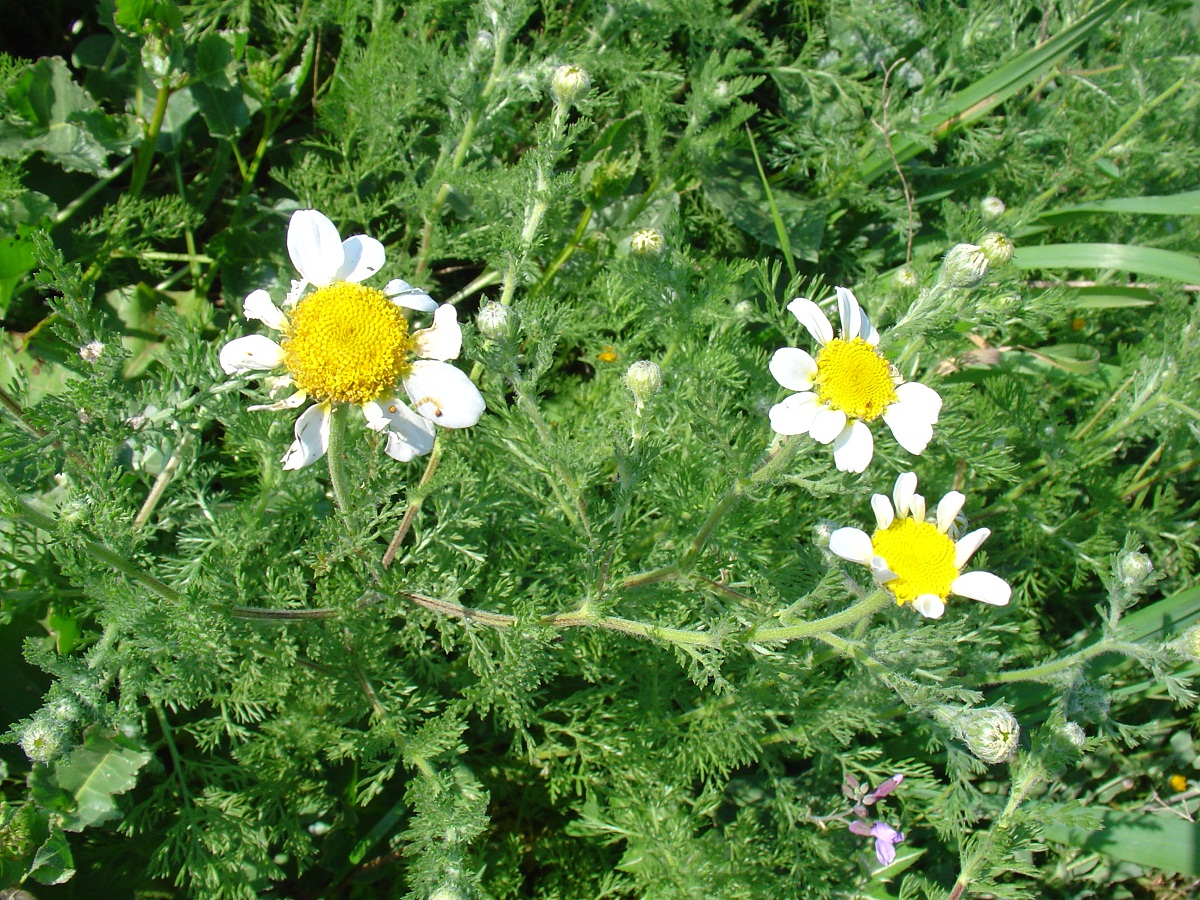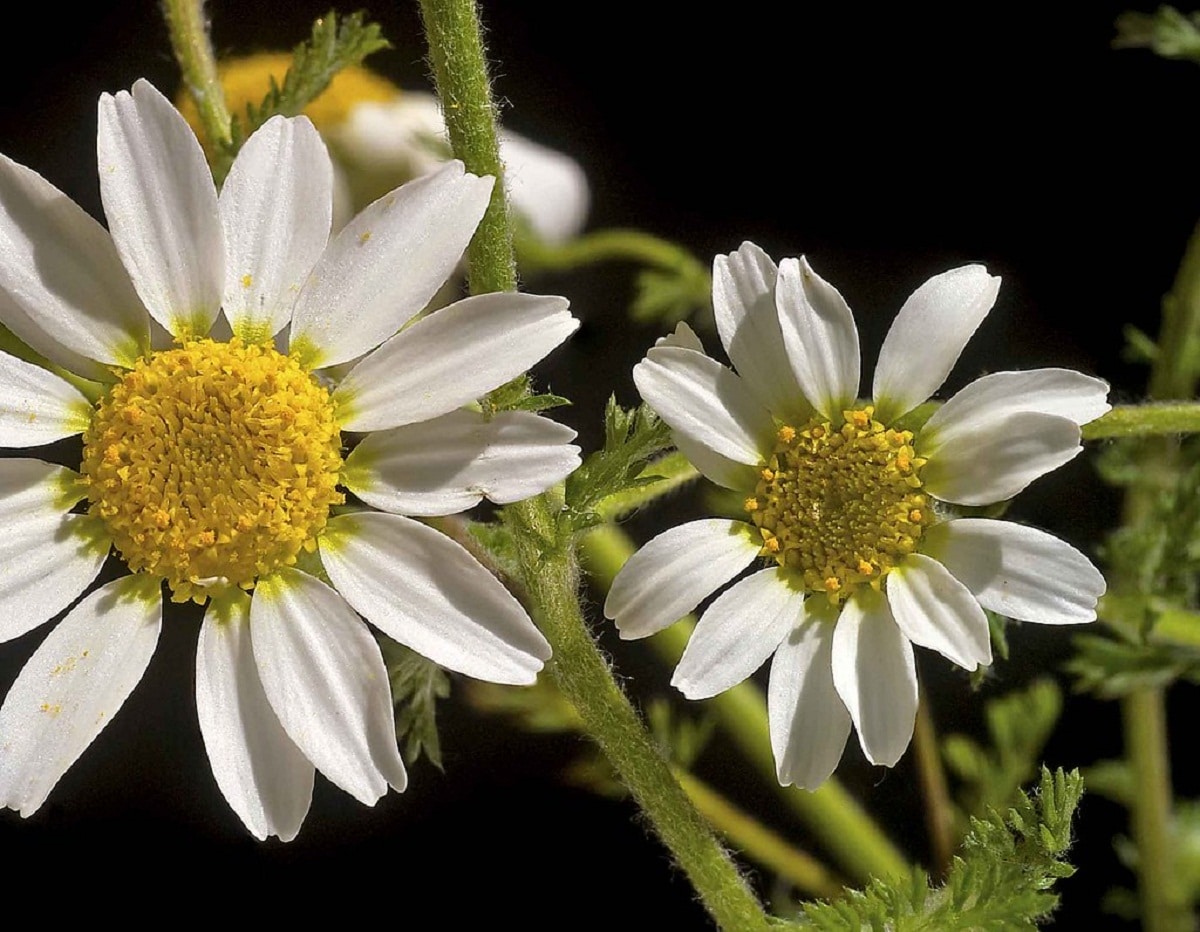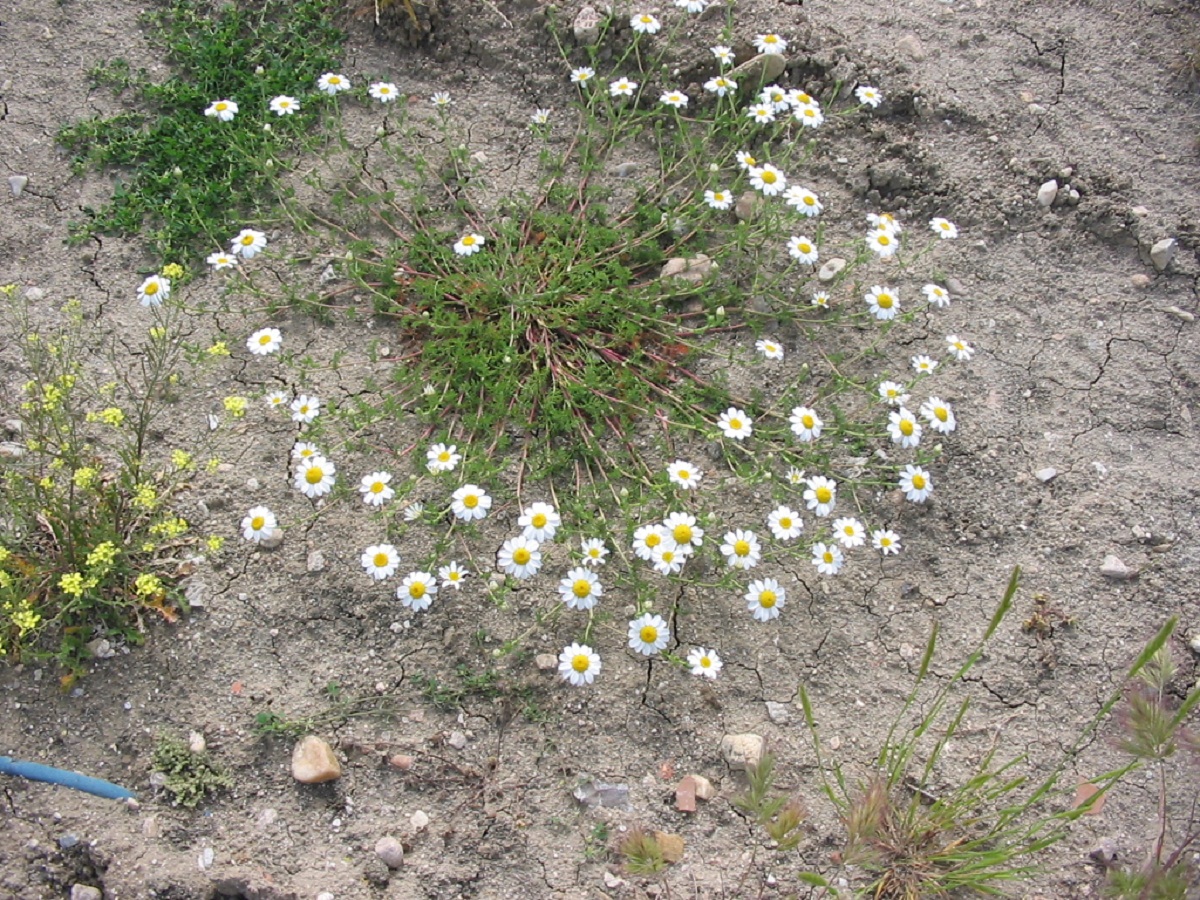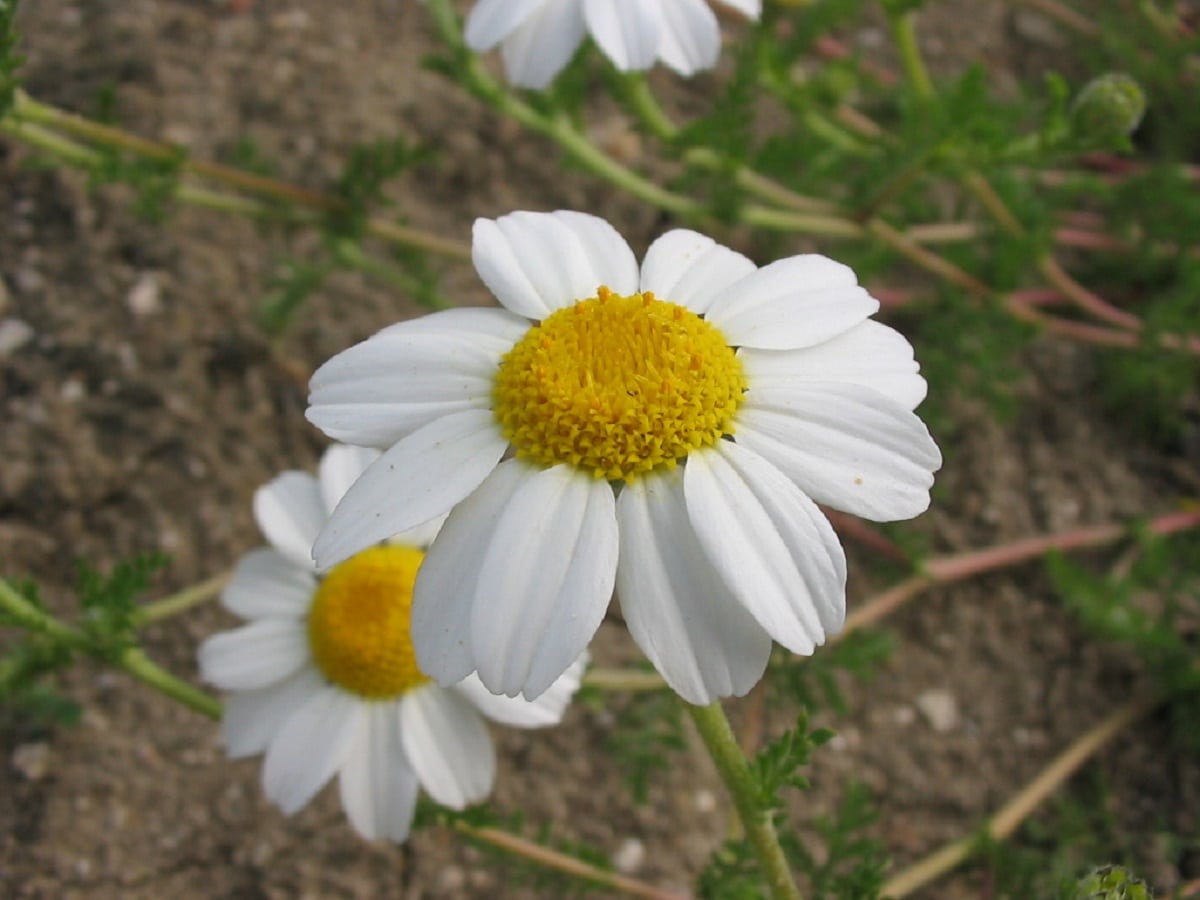
If we talk to you about the Anacyclus clavatus, the most likely thing is that you do not have the remotest idea what plant it is. This is quite a rare name like any other plant when it is mentioned by its scientific name, but once we start detailing information about this species, it will be familiar and familiar to you.
Throughout this article, we will tell you in full all about the famous plant, but better known as crazy chamomile. That's right, a plant that you know thanks to the teas you have taken. So take note of the most important details of this species so widely known throughout the world.
Origin and general data

There is no exact place this well-known and widely used herb comes from. It just grows in dry places and on the edges of the roads where the maintenance of these is very poor. Some claim that its habitat of origin comes from the European continent, so it is very common to see this plant in countries like Finland.
By way of knowing this plant by its various names, scientifically it is called Anacyclus clavatus, but it takes on different names depending on the region or country. For instance, in Catalan it is known as Camamil la loca. If we go to its name in Spanish, it is known as crazy chamomile.
A curious fact about this plant is that once it has flowered and during the early hours of the morning, part of the flower tends to slope downwards until they touch its peduncle. In this point, the flower is not yet fully open.
Also, these peduncles have a thick texture and once noon arrives, the flower fully opens, acquiring the appearance of a small sunflower. The difference, in addition to its size, is the color of the flower itself.
In case you ever hear someone mention the bastard chamomile, edge chamomile or wild chamomileYou know that they are talking about the same plant. As mentioned a moment ago, its name will depend on where you are and its customs.
Features Anacyclus clavatus
Moving on to what would be the appearance and physical characteristics of the plant, we must mention the following, so that you know how to identify them if you haven't seen it yet:
- The stems of this plant are herbaceous.
- Its roots tend to be cylindrical and rhizomatic in shape.
- Its leaves have sharp segments. So the size of these do not exceed five centimeters long.
- The identification of the plant in case of not having any flower is easy, if it is done by its stems. Well, these have a very characteristic dark green color.
- The fruit is of the Aquino type and within this is the plant's own seed which is used to make it grow in another place.
- It is not a plant that is very tall. These tend to grow little more than half a meter and are not that bushy, except when several are planted close together.
- The leaves of the crazy chamomile are alternate and have almost no petioles. These are greyish-green in color, ending in short fences.
- As additional data in relation to the flowering of this plant, you can see a blooming bastard chamomile only between the months of June and September. From the rest, at first glance it will look like another plant that can be mistaken for malicious grass.
Uses

Curiously and unlike other herbaceous plants, of wild chamomile you can only take advantage of its flowers, and in order to use its flowers for medicinal purposes, the flower has to be fully developed.
It is recommended that its collection be done during the day, since at this time is when the components of the leaves meet greater activity and in greater quantity.
As such, it is used to treat and slightly improve stomach and / or digestive problems, although it is also very useful to deal with nerves and cholesterol problems. It has even been seen that chamomile It is effective in giving natural skin care and eye infections such as conjunctivitis or allergies caused by sinusitis.
But the strong point of the Anacyclus clavatus, It is based on its digestive, carminative and hepatobiliary properties, so it is not uncommon for it to be a recommended tea for children with digestive problems, since helps these to strengthen your intestinal flora and they can recover more easily from stomach problems.
As additional information, it is recommended to drink the tea after you have eaten a large amount of food. This will help the food to process better in the stomach. and gastrointestinal juices can more effectively take advantage of the nutrients in meals.
On the other hand, they are also recommended to people who have dyspepsia problems. Even if you feel like your stomach is giving you a hard time from gas, have a cup of tea from Anacyclus clavatus, and you will see how little by little you will be expelling those gases lodged in your digestive system.
Care and Cultivation
As such talking, about the use and the benefits it offers is to extend even more than we have already done. Nevertheless, It is always good to have something of this plant in our houses and / or gardens, and for this, you have to know how to sow and cultivate them.
All you have to know and know is that this will depend on the sowing, the light, the substrate that the soil contains, as well as the climate and the irrigation you give it. It seems excessive, but it is necessary to have the plant in your home.

The main thing to keep in mind is that you can grow it at any time of the year, but what if it needs a fairly loose soil that has moisture. Once you have the place, open a hole twice as deep as the same seed. There you are going to place the seeds, of course, keep in mind that if you plant them too deep, they will not grow.
When everything is ready, begin to water moderately and regularly. In the best case scenario, the plant should begin to germinate 15 days after planting. Something to note is that the soil does not necessarily have to be rich in substrate or organic matter.
On the other hand, no you worry a lot about the weather, since this plant can grow practically anywhere. But as such, it is preferable in temperate environments, and if they can be placed in a place where they can receive direct sunlight, it will be much better.
As a final recommendation, I suggest that instead of watering it directly, you make a simple system that allows the plant to keep with an optimal water and / or humidity level. For this you can rely on a drip irrigation system, since it is a fairly simple system and it will not take you too long.